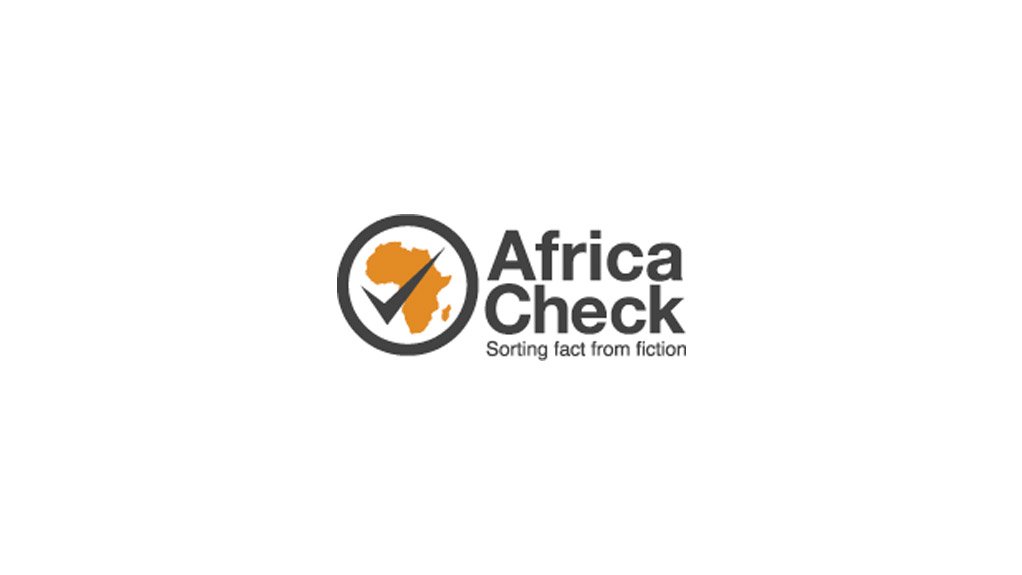Speaking at a state function on 4 July 2023 (at timestamp 2:50 in this video), Kenyan president William Ruto said that salaries and wages now account for almost half of the country’s revenue.
He called for a “balance” between the amount used to pay government workers and that used for development projects, and for greater productivity.
In the past, Kenya has used borrowed money to pay salaries. But Ruto, who took office in September 2022, has vowed not to borrow for salaries or other recurrent expenditure.
The president said: “At the moment, we are spending about 46% of our revenue on salaries and wages. The law and best practice demand that we spend 35%. So, we are 11% above what is recommended as the best practice and stipulated in the laws of Kenya.”
Do these claims add up? We checked.
Ruto did not provide any evidence for these figures. We therefore contacted State House spokesperson Hussein Mohammed and will update this report when we hear back.
The Kenya National Bureau of Statistics, the country's data agency, referred us to its latest annual economic survey for government spending on salaries and wages.
The survey used payroll data from government financial systems and other staff costs paid as part of remuneration, said Robert Nderitu, head of production statistics at the data agency.
However, there was a discrepancy in the data. As the number of government employees rose from 842 900 in 2018 to 923 000 in 2021, and the wage bill for the counties also increased, the data showed that less money was used to pay workers in 2021 than in 2018.
We have asked the data agency for clarification.
President’s claim backed up by latest available government wage bill
We then contacted the parliamentary budget office, the non-partisan professional office that advises Kenyan lawmakers on the economy, to identify the best source of wage bill data.
“The Salaries and Remuneration Commission should have the complete data set of the public sector wage bill,” Dr Martin Masinde, the director of the budget office, told Africa Check.
The salaries commission sets the salaries of Kenya’s state officers and advises the government on how to pay its workers.
A commission official referred us to the agency’s March 2023 wage bill bulletin as the most recent. Published in May 2023, it said the wage bill as a share of revenue was 46.3% in 2022. We therefore rate the president’s claim correct.
|
Kenyan government spending on salaries and wages as a percentage of total revenue (KSh billion) |
|||
|
Financial year |
Total wage |
Revenue |
Percentage |
|
2019/20 |
944.9 |
2,255 |
41.9 |
|
2020/21 |
998.6 |
2,268 |
44 |
|
2021/22 |
1,055.5 |
2,282* |
46.3 |
Source: Salary and Remuneration Commission . *The 2021/22 revenue figure is a commission projection. The statistical agency has a lower figure of KSh2,152 billion. Using the latter figure yields a higher proportion of 49%, but does not negate the claim’s merits. We have queried this with the commission.
Again, the president did not cite the specific law. But public spending in Kenya is governed by the Public Finance and Management Act.
The law stipulates that the amount to be spent “on wages and benefits for its public officers shall not exceed a percentage of the national government revenues as prescribed in the regulations”.
In turn, the regulations state that “compensation of national and county government employees shall not exceed 35% of either level of government equitable revenue share”.
Prof XN Iraki teaches economics at the University of Nairobi in Kenya. He told Africa Check that spending more than 35% of revenue would starve the country of development funds.
“We need money for roads, hospitals and schools, among others. It could also lead to a bloated workforce and waste,” he said.
What about best practice? According to the International Monetary Fund, “there is no optimal level of government spending on wages. In fact, there is wide variation across countries in the size of governments’ wage bill and employment levels”.
“These variations reflect national choices about the role of government, as well as the level of economic development and the resources available.”
In other words, there is no threshold or one-size-fits-all, as Ruto claimed. But the president was correct according to Kenyan government regulations.
Ruto said Kenya had breached a “recommended” threshold by 11%. This figure appears to be the difference between the 35% provided for by law, and the 46% in the data from the salaries commission.
But Ruto made a common statistical error – the difference between 46% and 35% is 11 percentage points, not 11 % (percent). (Read our guide on how to avoid these errors.)
In absolute terms, the difference is KSh255-billion, calculated as 46% of KSh2.3-trillion revenue (KSh1.06-trillion) minus 35% of the same revenue, which is KSh805-billion.
Using these figures Kenya's government spending is 11 percentage points above the 35% level set by law, but has exceeded the threshold by 31.7%.
This report was written by Africa Check., a non-partisan fact-checking organisation. View the original piece on their website.











